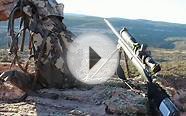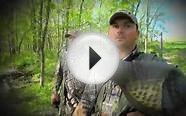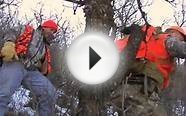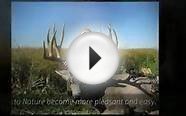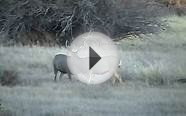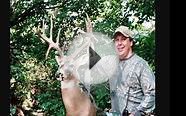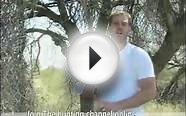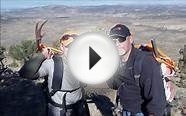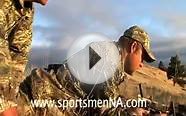Colorado Mule Deer Hunting tips
I grew up in western Colorado hunting mule deer, rarely getting skunked, and I would like to think I can help out those who may not have that advantage. Here are a few tips that can help increase your odds of bagging a trophy buck or just putting a bit more meat in your freezer this winter.
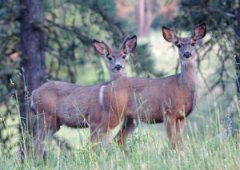 Scouting
Scouting
Scouting is important especially if you are after a nice buck.
I start my buck scouting process by hunting shed antlers in the spring. I spend many hours hiking in areas where I know there are good-sized sheds. Sheds can be sold, turned into crafts, or just collected. I always try to find new areas to hunt each spring by looking for sheds in new areas.
If you find an impressive antler, there is a good chance that buck will be somewhere uphill of where you found it come hunting season. Some bucks will hang out in the area where they shed all year long, while others will travel several miles down from alpine areas to winter in the sagebrush and drop their antlers there. All that to say sheds alone won’t consistently put you on the deer, but they can lead you in the right direction.
After you have found a couple good drainages the deer have wintered in, get a map and mark the areas. Look at the map and see how that drainage connects with ridges and other drainages all the way up to the highest peaks. And while you are at it, figure out what roads, if any, will get you into those areas. Also note any water holes that appear on the map.
Come July or so you will want to be back out where you found the sheds, looking for tracks. Buck tracks tend to have blunter tips; they are also usually wider and more parallel than those of a doe. Walk the same areas looking for fresh tracks, taking note of what you find. Most areas will hold some deer, so in my experience it is rare that you won’t see any deer tracks at all.
Make several trips track hunting, working your way each trip higher toward the timberline. You will find your coverage area expands exponentially the farther up you go, so concentrate in areas you think you would like to hunt. Check out water holes and follow any trails you can find.
Closer to hunting season, you will want to start glassing areas you intend to hunt. A spotting scope set up where you can see a lot of country is a good way to find the big guys. Sunup and sundown are the two best times to catch them moving to and from their beds. In the middle of the day, look just under ridgelines or other obstacles the deer can bed down by to protect their backs.
If you spot your trophy buck on one of these forays, check back several times leading up to the season to see if he is still hanging out in the same places. Use your time to formulate a plan for putting the sneak on these big boys. If you are a meat hunter like I am, you want to find the area with what you think will hold the most deer when hunting season rolls around.
Hunting Techniques
My all-around favorite deer hunting technique is the walk and spot. You walk slowly through your hunting area trying to see the deer before it sees you. Once you see the deer, you shoot it if it is close enough; otherwise, you stalk close enough for a shot. I like this so much because I am impatient by nature, and it gives me something to do.
You might also like
